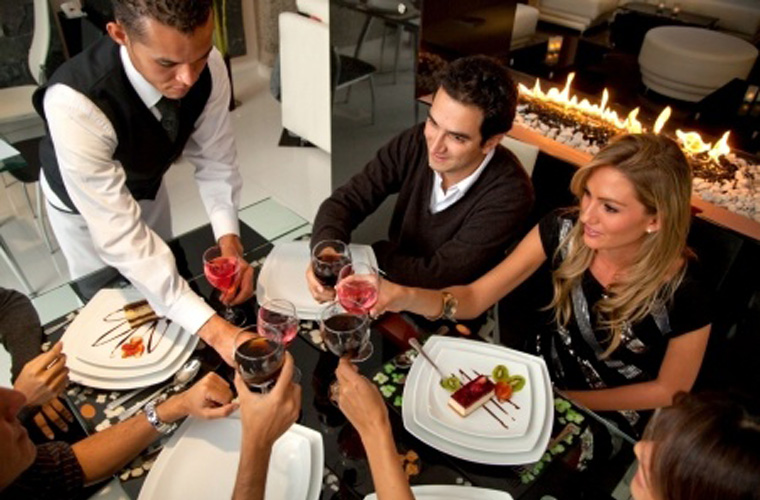Planning ahead and having the confidence to be vocal about your dietary requirements is the the key to eating out safely when you have food allergies.
Do your research: Check the menu
Many restaurants post their full menu on their website. Looking over a restaurant’s menu before you arrive can make communicating with the chef and restaurant staff easier. It can also help determine the risks associated with cross-contact. For example, a person with a severe nut allergy should probably avoid a Thai restaurant.
Call the restaurant in advance
Even though food in a restaurant is typically made when you order it, a lot of the components that go into a dish are prepared in advance. Marinades, sauces, prepackaged mixes and soups may contain an allergen that you are avoiding. If you call ahead, the chef may be able to make modifications for one portion to cater to your needs
Call during a slow time of day, so that you can communicate directly with the chef over the phone. The chef and restaurant staff will appreciate the advance notice so they are not caught off guard when you order a meal. Ask the chef for menu suggestions based on the constraints of your allergies.
Tell the restaurant staff about your allergies ASAP
Let your server and/or restaurant manager know about your allergy as soon as you are seated and are given menus. Ask the server if you can speak with the chef and other kitchen staff directly so you can work together to determine what you can eat.
If you sense that the staff is not taking your allergies seriously or doesn’t understand the importance of what you are saying, you might be better off going elsewhere.
Eat at off peak hours
Dining earlier or later than usual mealtimes might mean that the chef and staff have more time to attend to you and your food preparation. Off peak dinner hours are before 6pm and after 9pm.
Avoid menu items with multiple ingredients
Soups, stews, marinades, breaded meats and sauces come with many ingredients, making it very difficult for you and the staff to keep track of potential allergens.
Create a Chef Card
A Chef Card is intended for the chef and staff to use so that they can know what ingredients to avoid when preparing your food, and how to avoid cross-contact. It provides a list of foods you are allergic to. You can even include common alternate names and derivatives of the allergen.
Carry your epinephrine auto-injector
Finally, the main rule which applies every time you eat is: if you don’t have your epinephrine auto-injector with you, then do NOT eat!

